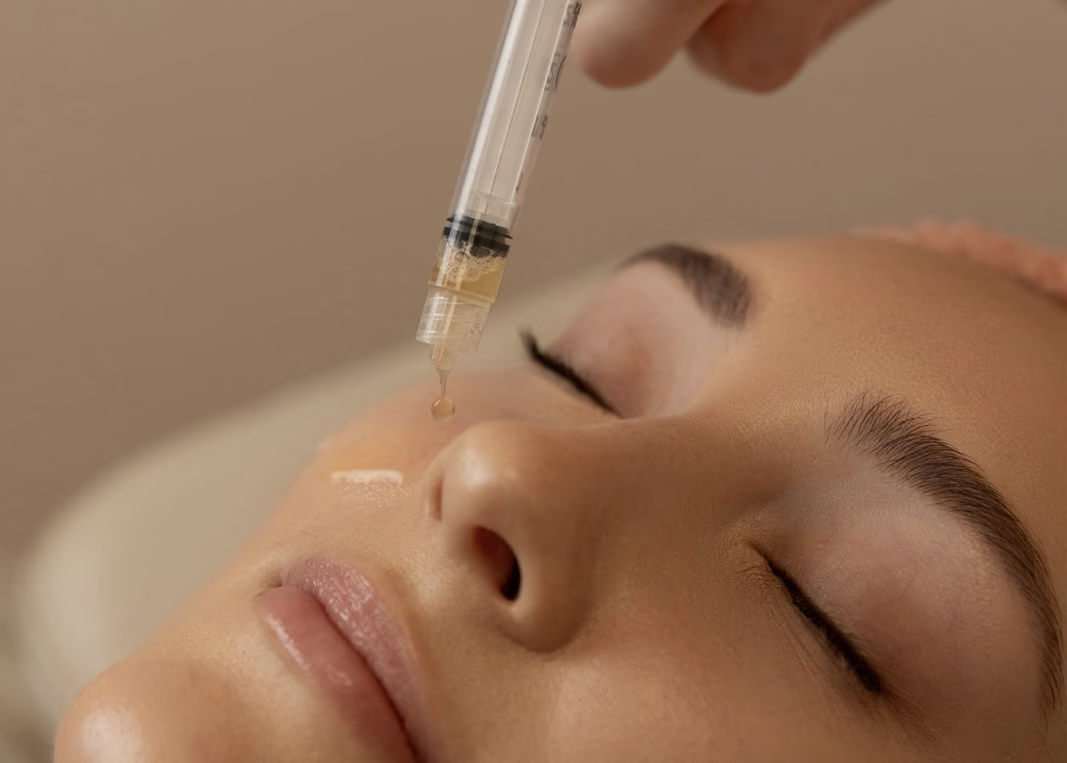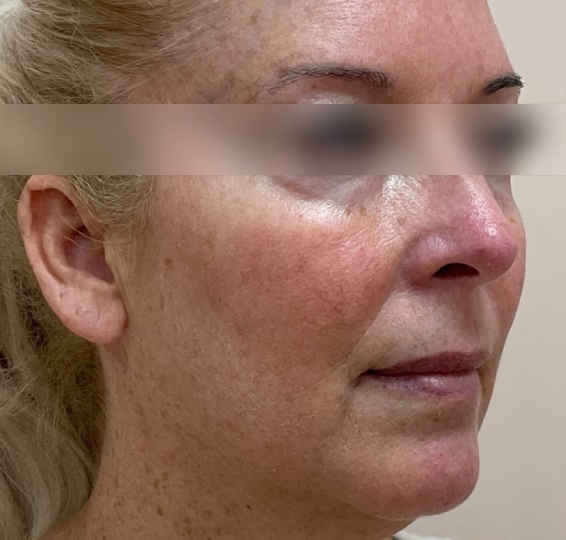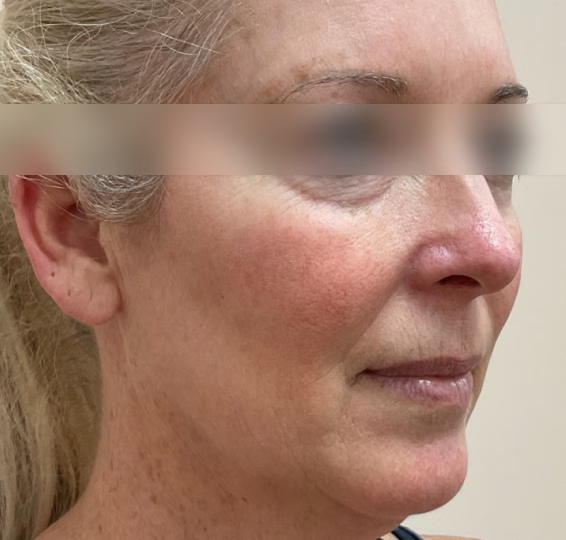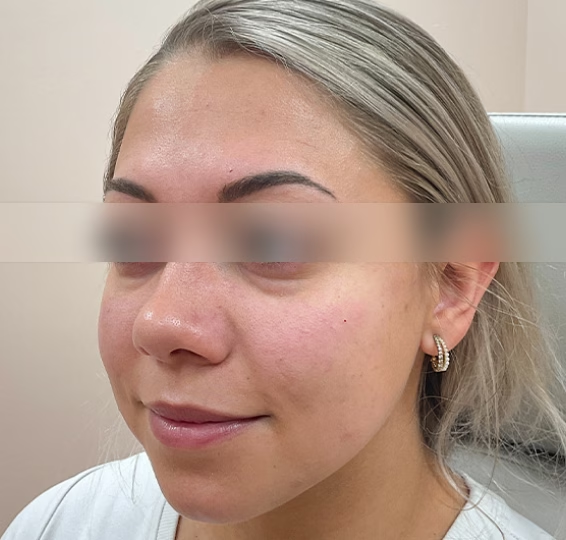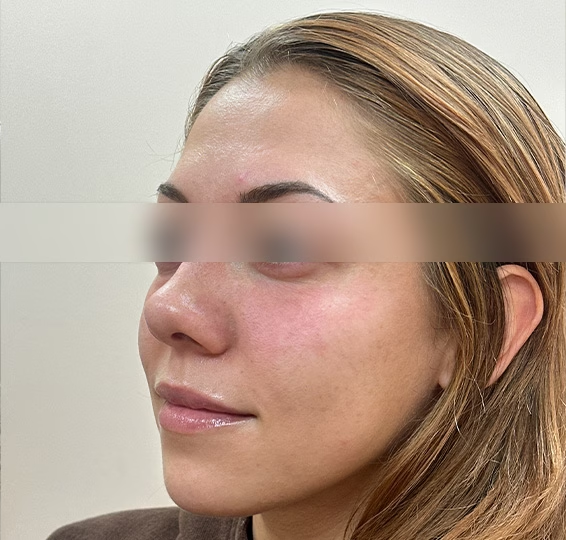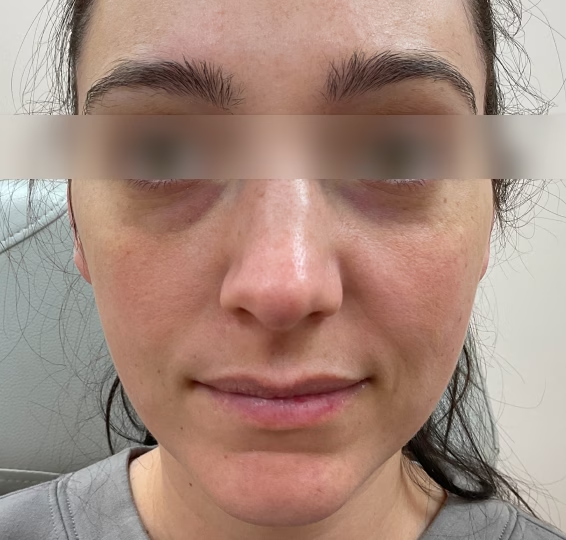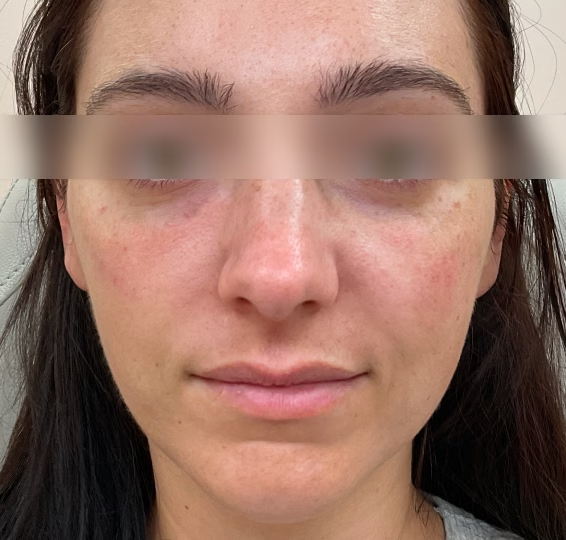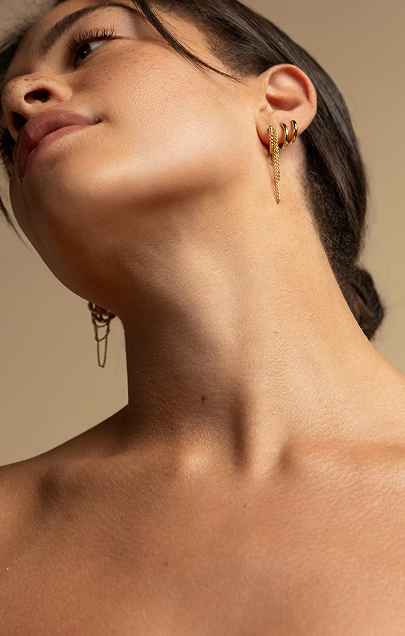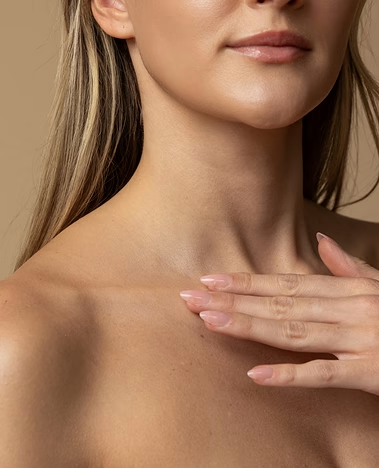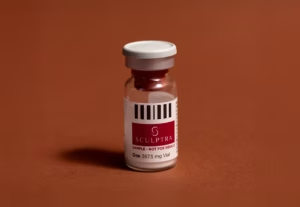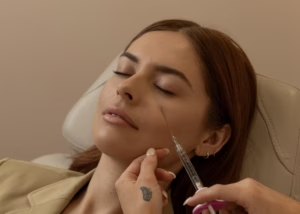Treatment FAQ
View All FAQsHow should I prepare for PRF treatment?
- Discontinue use of fish oil, aspirin, ibuprofen and other anti-inflammatories for at least 1 week prior to your appointment to reduce redness and bruising.
- If prone to bruising, start Arnica supplements 3 days prior to injections and continue for 3 days after.
- Avoid alcohol, caffeine, nicotine and cigarettes for at least 48 hours before and after your treatment.
- Let your provider know if you have a history of cold sores.
- Schedule PRF at least two weeks prior to events.
When will I see results?
1 month, with results peaking around 6 months. An initial series of 3 is recommended for the best result.
How long will results last?
Results are permanent. Yearly maintenance treatments are essential to maintain results.
Does it hurt?
No injectable treatment is completely pain-free, but most patients find PRF injections quite tolerable. We do everything we can to keep you comfortable, including applying topical numbing cream before each PRF treatment.
How is PRF different from PRP?
Both PRF and PRP are derived from your blood and stimulate tissue regeneration. Their key differences lie in preparation, composition and growth factor release time.
Platelet-Rich Plasma, PRP, is drawn and spun at high speed with an anticoagulant to separate plasma and platelets from red blood cells, yielding a liquid. When injected PRP releases growth factors within hours.
Platelet-Rich Fibrin, PRF, is drawn and spun at a lower speed without anticoagulants. This allows natural fibrin to form, trapping platelets, white blood cells, stem cells and growth factors in a thicker, gel-like matrix.
PRF is more concentrated and contains more cell types compared to PRP. Plus the fibrin gel matrix acts like a sustained-release system, releasing growth factors over 10 to 14 days, which prolongs tissue stimulation and enhances benefits.
TLDR: PRF is an advanced version of PRP.
